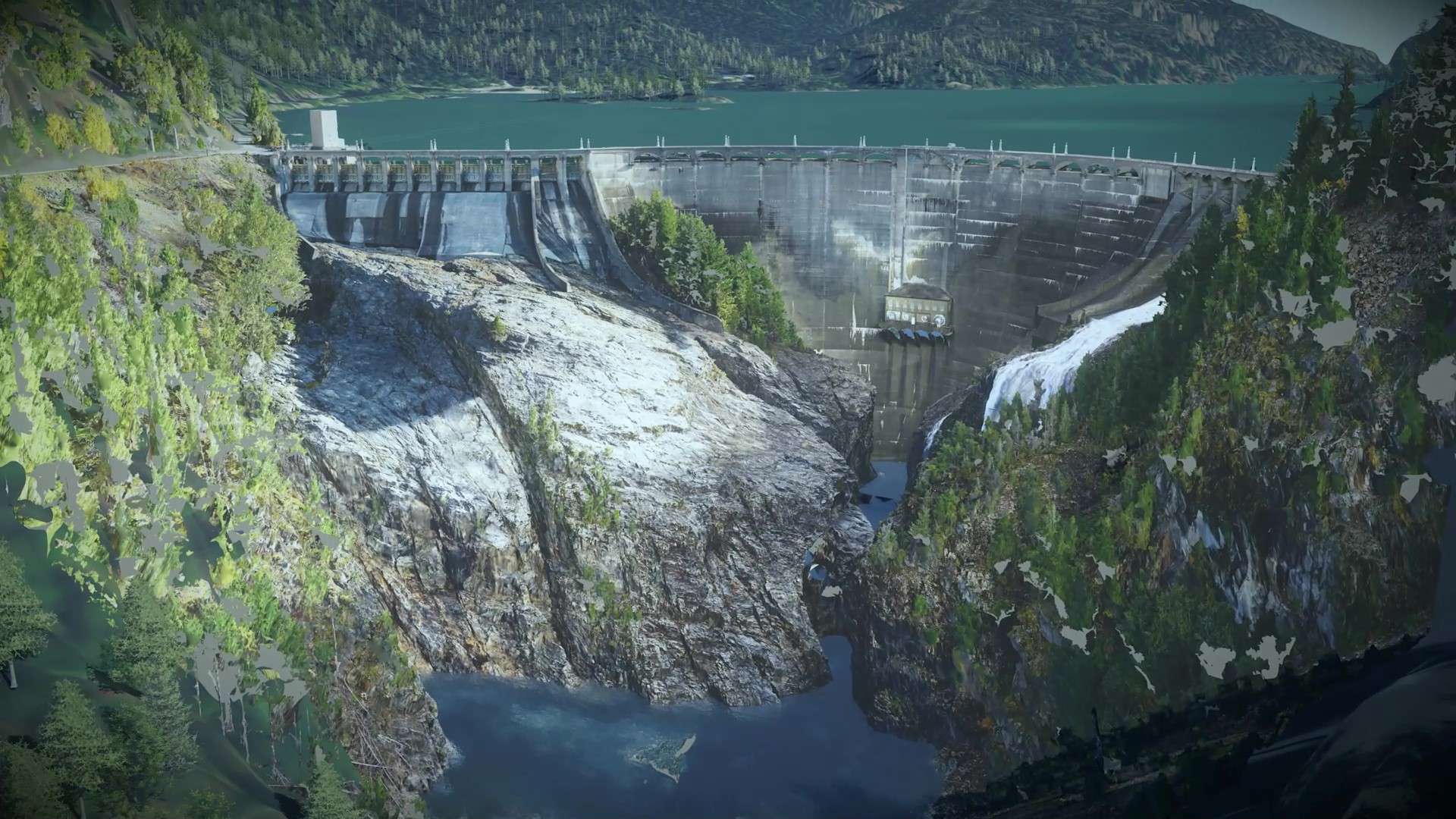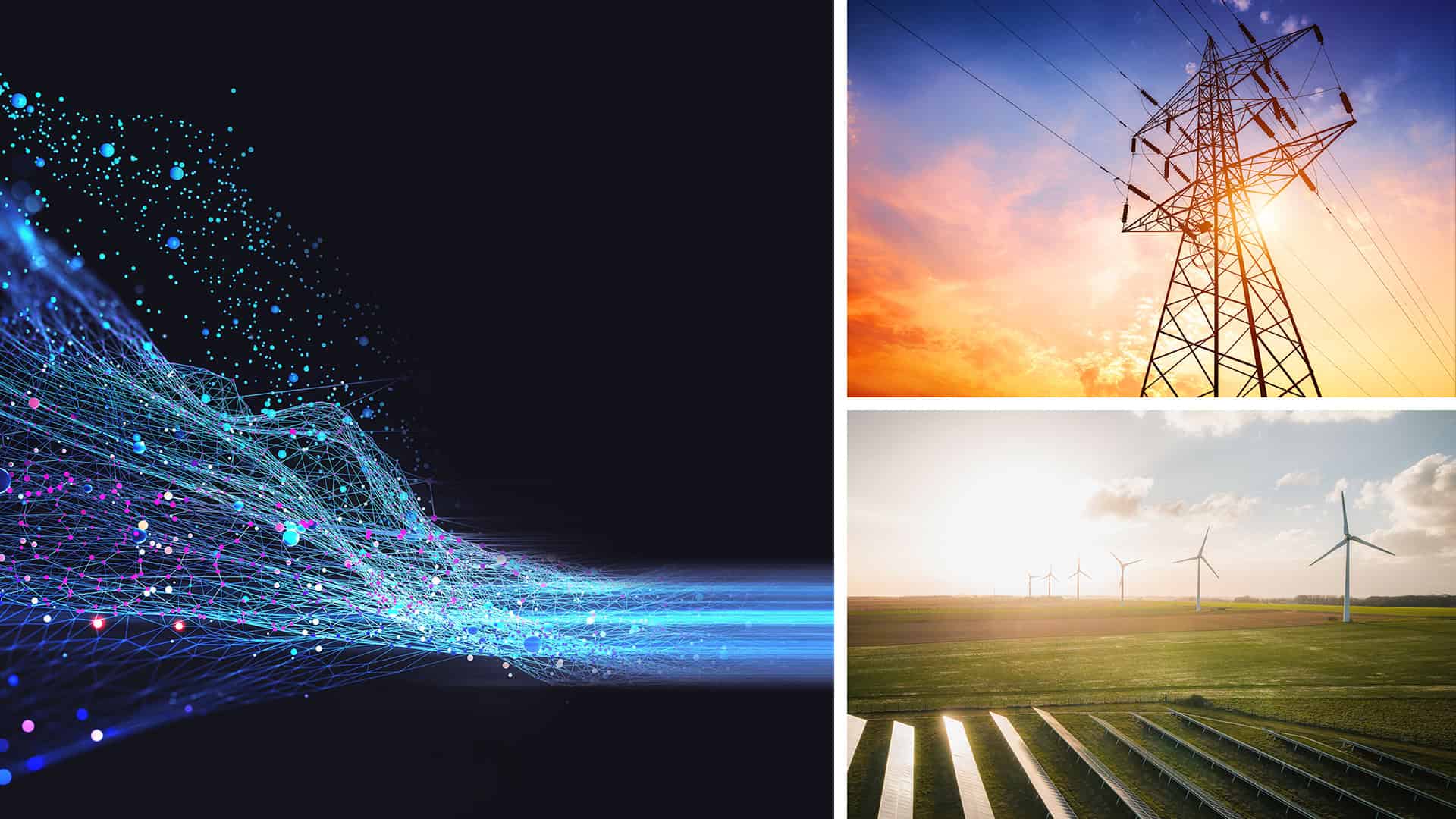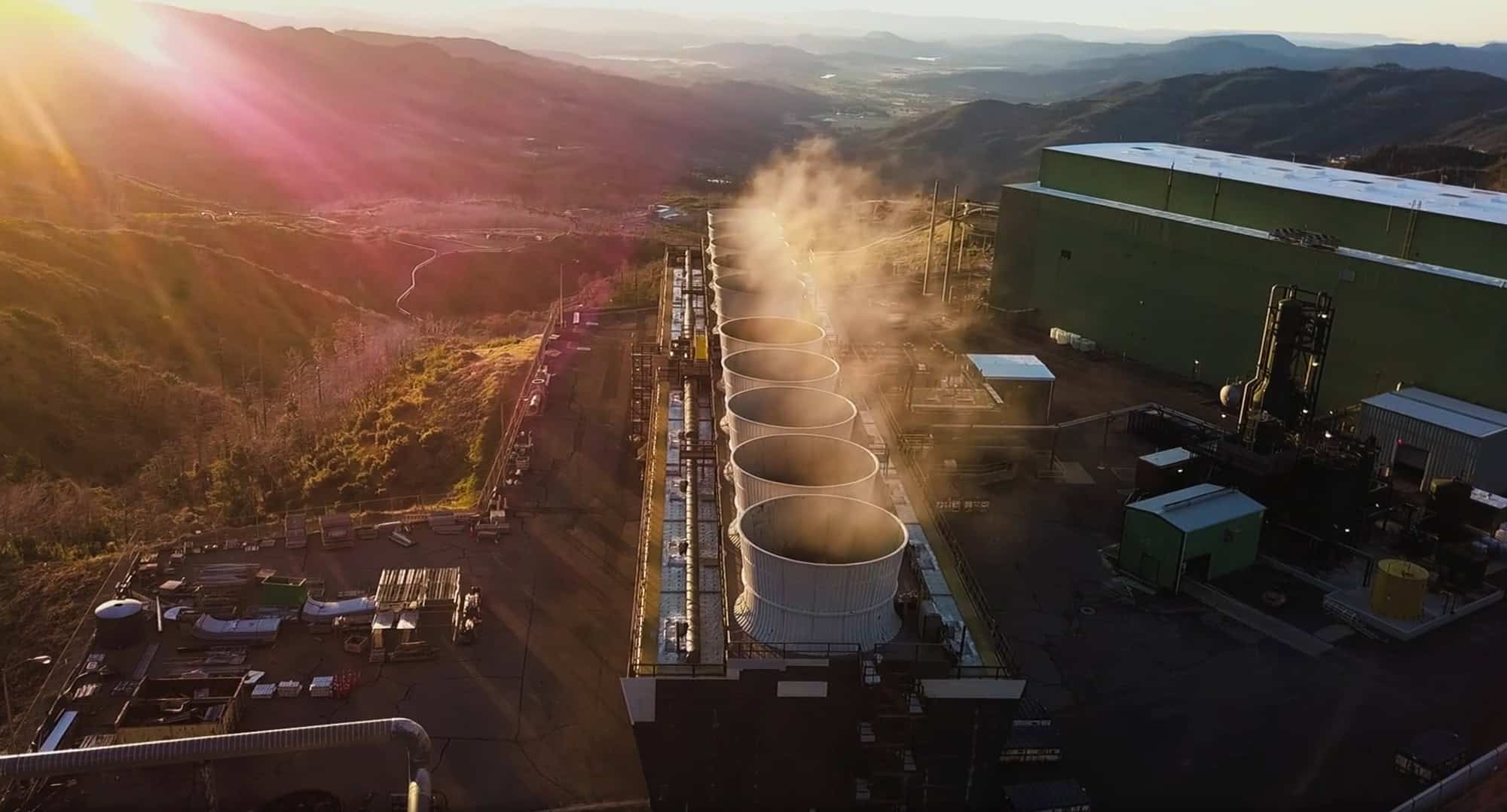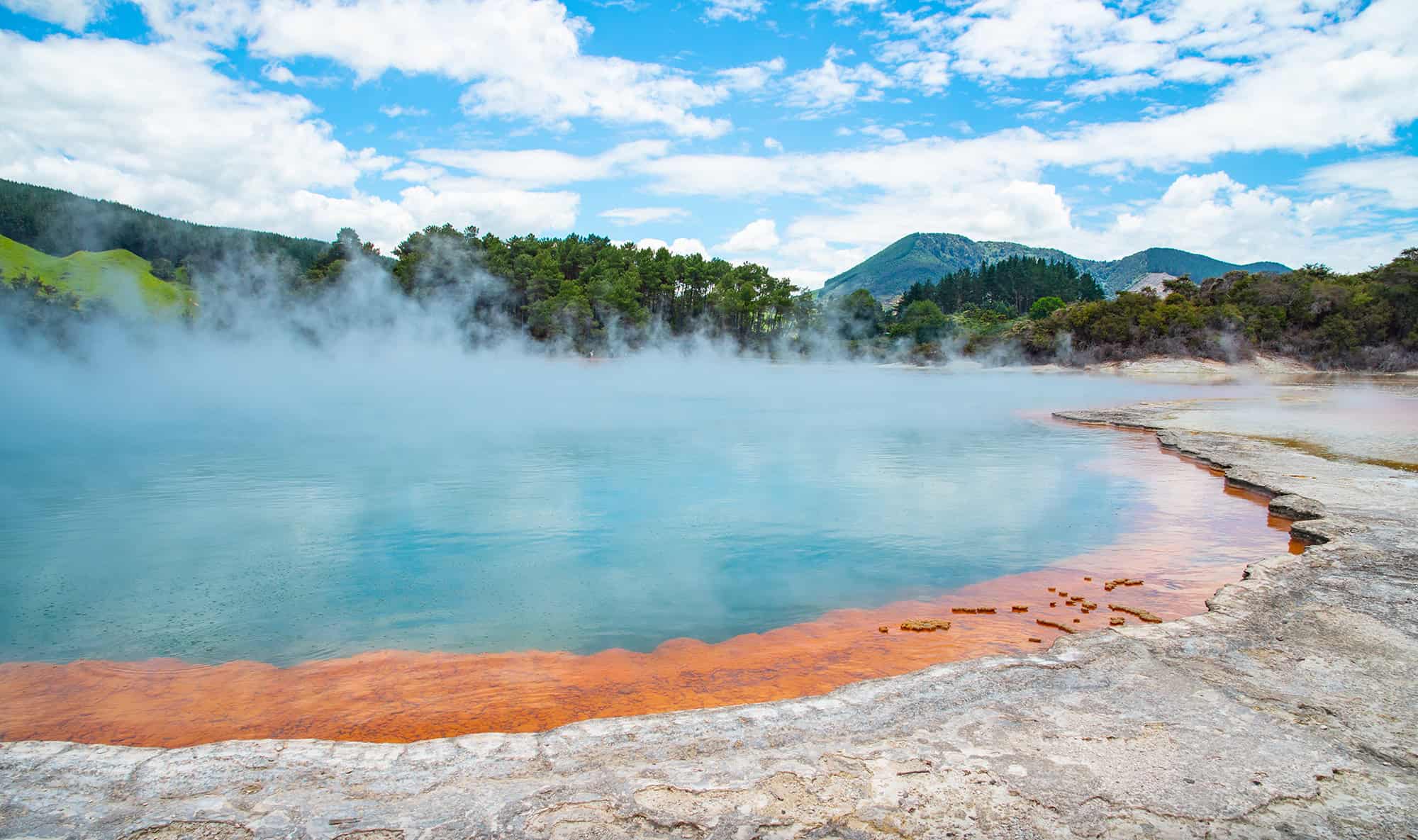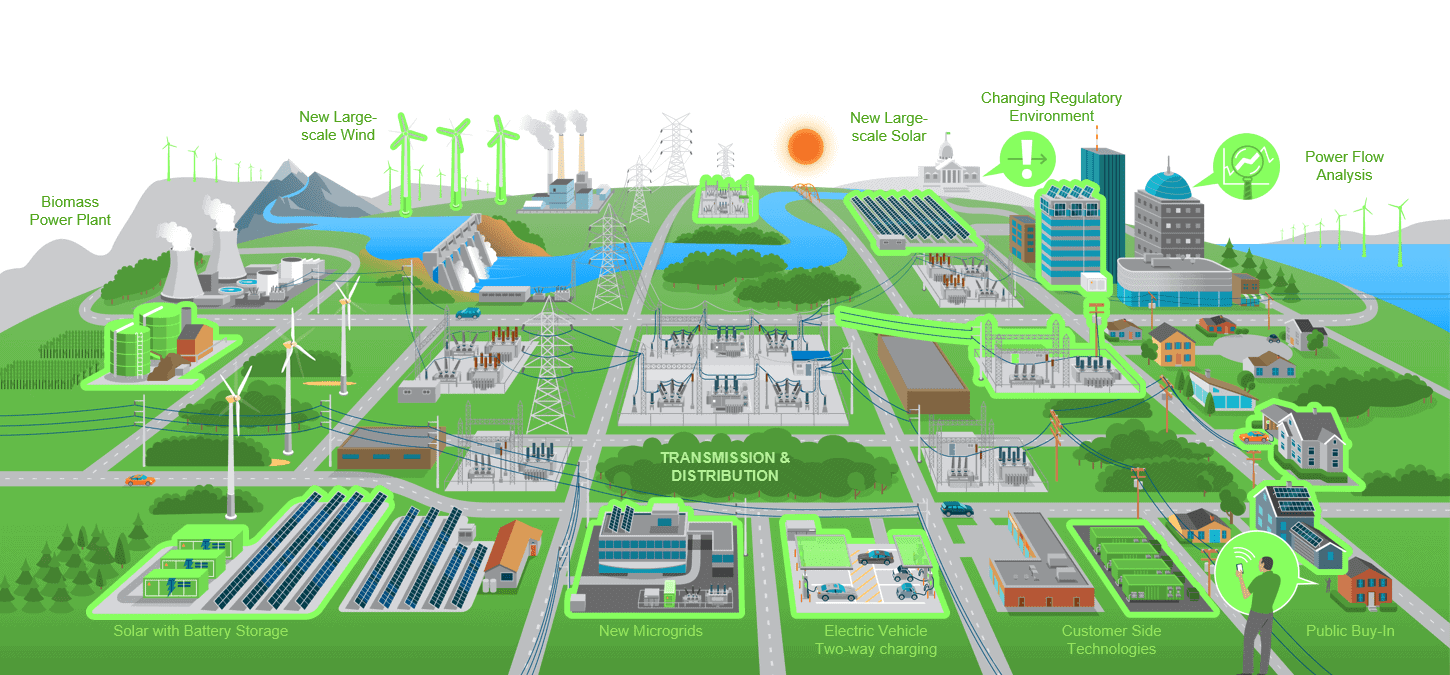Aerial view of the Diablo Dam in Washington. It’s one of the three facilities located on the Skagit River listed on the National Register of Historic Places. Courtesy of HDRWe love epic engineering sagas. TV shows like Modern Marvels, Impossible Engineering, or Mysteries of the Abandoned highlight how and why iconic and important structures were built and unfortunately why some failed. Inherent bias aside, stories featured in this genre of television focused on large-scale infrastructure projects, especially dams, follow particularly dramatic story arcs due to their scale and the important role that they play in providing critical services to society.
Many claim the ancient Egyptians were the first to build dams. However, with the invention of concrete and other industrial equipment, the type, number, and size of dams increased significantly. According to an article from The Journal of Environment and Earth Science, “By the middle of 19th century, about 5,000 large dams had been built across the globe, three-quarters of them in industrialized countries. This figure has increased to over 45,000 large dams in over 140 countries of the world before the end of last millennium.”
Dams aren’t just amazing structures; they play a crucial role in managing a vital resource – water. And we have big issues regarding our global water needs. Both reservoir dams and hydroelectric dams contribute to supplying the large volumes of water and electricity necessary for human livelihood, for agriculture, and for the industry. But the UN estimates that there are currently 700 million people in 43 different countries suffering from water shortage problems. The UN forecasts that 1,800 million people will live in countries or regions with no access to water, and two-thirds of the world’s population will have access to water under water stress conditions by 2025. According to the OECD, the global demand for water is expected to increase by 55% before 2050 due to the growing demand for all uses of water.
Here’s where dams play a vital role – some must be built to support this increasing demand, and more importantly, the 45,000+ existing dams must be maintained to improve the life and longevity of the dam, many of which are beyond their intended design life. While dam failure can happen from mistakes made during construction, other failures can occur due to outdated or inadequate maintenance, condition degradation, or from natural disasters, and the secondary effects of climate change. Many utilities have begun the digital transformation efforts necessary to support dam resilience and sustainability and meet new regulatory and compliance requirements. By advancing digitalization, dam operators are improving dam safety, mitigating risks, and ensuring disaster preparedness.
Let’s look at three recent examples of how purpose-built digital tools have helped to keep dams and the surrounding community safe and secure.
Supplementing Dam Inspections with Reality Modeling
An HDR team member prepares to conduct an aerial survey of the Diablo Dam using a drone. Courtesy of HDR.
Seattle City Light initiated major safety reviews of its six dams, including Diablo Dam on the Skagit River. Constructed in 1936, the Diablo Dam, located north of Seattle, is one of three facilities on the Skagit River listed on the National Register of Historic Places. To improve survey safety and efficiency, as well as minimize risks inspecting the 160-foot-high dam amid a global pandemic, the team was asked to provide aerial drone services to complement physical inspections. HDR leveraged over 82 million aerial survey points and Bentley reality modeling software to create a digital twin, accurate within two centimeters. The team merged architecture, engineering, and construction data with artificial intelligence across the life cycle of the structure, identifying current and future maintenance and repair needs to maintain safety. The digital twin provides a single reference point for the engineer to understand the structure and reduces project costs, while increasing surveyor safety and facilitating decision making. HDR used drones for remote inspections, artificial intelligence, and digital twin modeling – making the dam safer and more sustainable.
Continuously Monitoring Dams and Levees for Operational Intelligence and Real-Time Data Insights
Real-time monitoring provides the right information at the right time for proactive risk management, safety, and predictive maintenance applications. Real-time monitoring of utilities can include environmental groundwater monitoring to improve the water quality of catchment areas, rivers, wetlands, and groundwater systems to assure a safe level of flood protection. Dam Safety Programs often include real-time condition monitoring applications that can include groundwater, flow, seepage, and slope stability during and after construction, or even rainfall and weather monitoring to minimize adverse environment impacts during and after construction.
Preparation for Rapid Response Maintains Enhanced Safety
Never be complacent. Unplanned rainfall events can wreak havoc with water resources and utility operations, leaving agencies vulnerable to water supply disruption or worse. We can all learn from the events on September 1 and 2, 2021, where the remnants of hurricane Ida released intense rainfall over the Commonwealth of Pennsylvania, New Jersey, and New York.
For leaders responsible for Dam Safety Programs, implementing a state-of-the-art monitoring system capable of alerting engineers to the increasing risk imposed by the storm to their Dam system is paramount. Today, many Dam Safety Programs use monitoring platforms such as sensemetrics, a cloud-based Bentley Infrastructure IoT solution.
To deliver the monitoring solution, the dam owner retained Schnabel Engineering to design, install, and commission sensemetrics as a complete and self-sustaining Dam Safety Monitoring Solution using a network of sensors to monitor conditions ranging from rainfall, pore pressure, deformation, reservoir lake level, and other metrics to provide automated site-specific insight to the performance of the dam or water distribution system.
In the case of Hurricane Ida, such data was used to establish alerts that triggered notifications that were autonomously sent to key engineers and authorities when thresholds (or predefined warning limits) were exceeded. A respected Dam Safety Engineer reported that sensemetrics “assisted in us alerting the counties to conduct evacuations in a timely matter” when multiple dam sites lost power. Through use of real-time automated monitoring, the Dam Safety Officer was able to react to rapidly deteriorating conditions that nearly reached overtopping conditions and maintained an enhanced safety response for the surrounding areas.
Transforming Risk Management for Large, Aging Assets
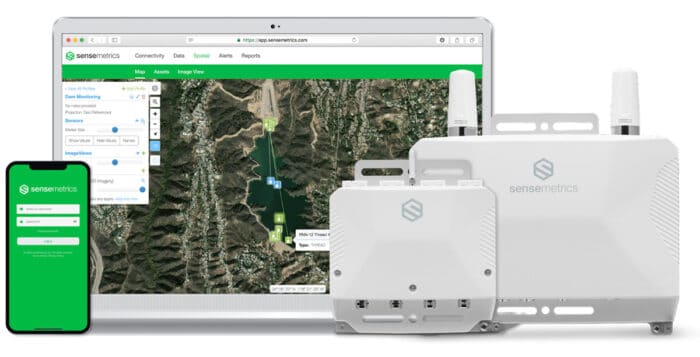 sensemetrics’ system delivers real-time sensor data supporting more efficient dam safety workflows.
sensemetrics’ system delivers real-time sensor data supporting more efficient dam safety workflows.A Midwest power generating utility owner recently upgraded all of their dam sites (10+) to sensemetrics. The system delivers real-time sensor data supporting more efficient Dam Safety workflows than traditional collection methods were able to achieve. sensemetrics provides actionable insights that help owners more effectively manage numerous assets of varying sizes in a timely manner, spanning a wide geographic area.
In the past, these dams were monitored manually or using processes that yielded infrequent reporting. This approach is cumbersome, expensive, labor-intensive, and limited in ability to respond to unplanned events. Because manual processes only provided on-the-spot readings or were downloaded infrequently, clients did not have timely data to respond in real-time to emerging risks.
With this adoption of technology, the Owner will be able to make better, faster business decisions to proactively manage risks associated with aging dam infrastructure. It also allows owners to meet local and federal compliance requirements at a time of increasing regulations. Together, this enables dam owners to respond to risks faster, share data within and across organizations, and engage in their digital transformation more efficiently.
Now, empowered by digital, cloud-enabled applications, the owner plans to add nearly 1,000 sensors to its platform to support its Dam Safety program and improve ongoing maintenance and reliability.
In recent months, 19 dam sites in the US upgraded their Dam Safety Program to include continuous monitoring with the help of sensemetrics. Previously, traditional monitoring solutions required specialists to implement and maintain the operational state, and were typically complex, rigid, and costly. Now, widespread infrastructure IoT deployments are possible by providing simple and reliable means to connect, store, and stream sensor data from a wide range of sensor devices for continuous and automated condition monitoring. Now, it is much easier for utilities to create the right continuous monitoring solution. Along with putting actionable, real-time sensor data in our customer’s hands, it sets the foundation for a larger digital footprint by bringing the client closer to a digital twin ecosystem.
This is more than just a single new solution–it’s an entirely new asset class spanning a range of leading-edge digital technologies enabling new levels of collaboration by consolidating data into a single source of truth stakeholders can access anytime, anywhere. The sensemetrics solution is part of a broader shift toward more integrated and streamlined IoT systems that maximize the power and potential of automated data, including digital twins and AI-based applications for predictive analytics, augmented reality, and machine learning to visualize, simulate, and monitor assets.
These real-world use cases demonstrate how Infrastructure Leaders are leveraging Bentley solutions to build their own digital transformation to solve unique challenges faced by the critical industries on which we rely for the necessities of life (water and power). From reducing risk to increased safety, cost control, and asset performance optimization, digital transformation is here and now.
How will you use innovative technology to achieve your business goals and objectives?

